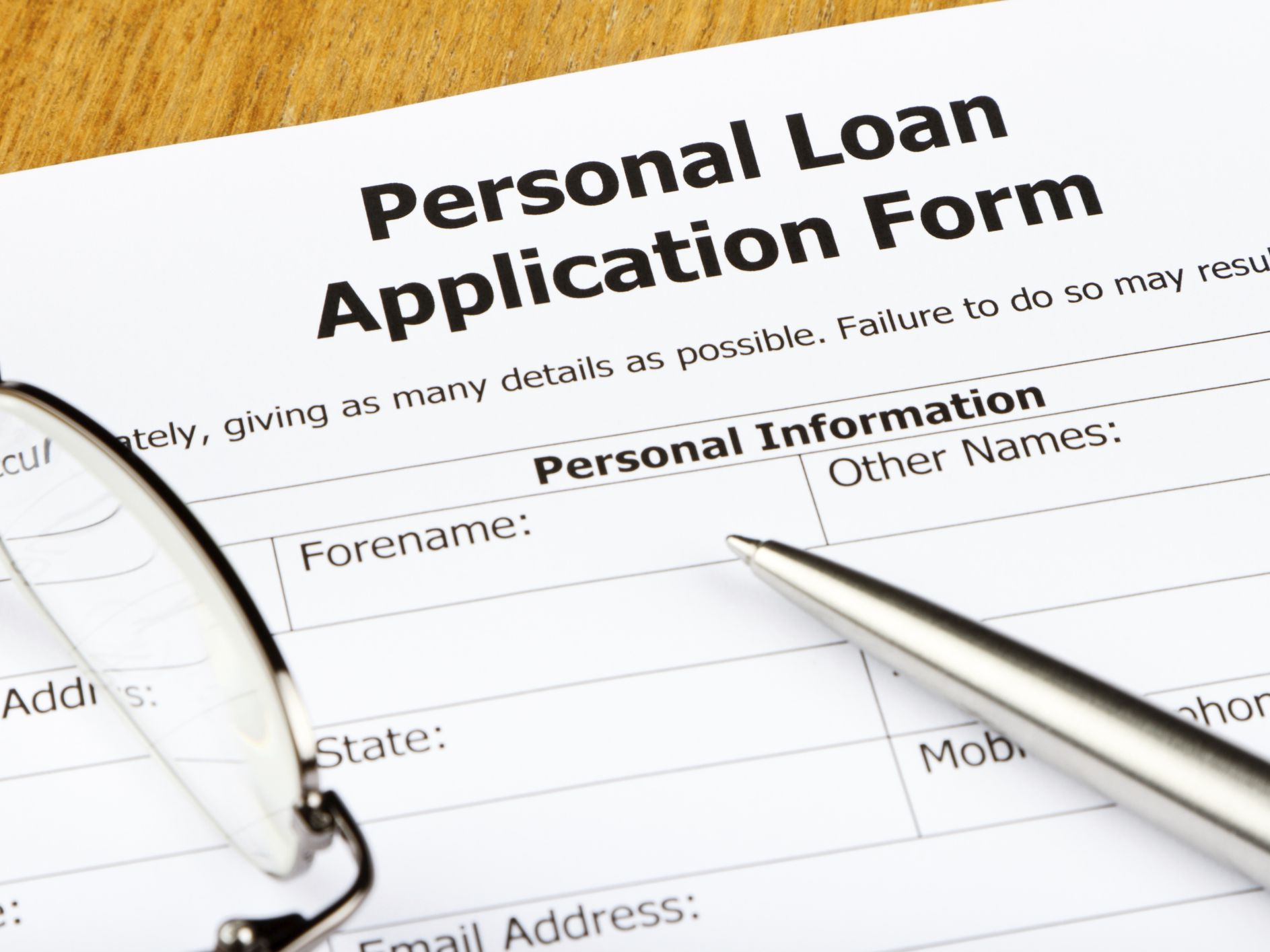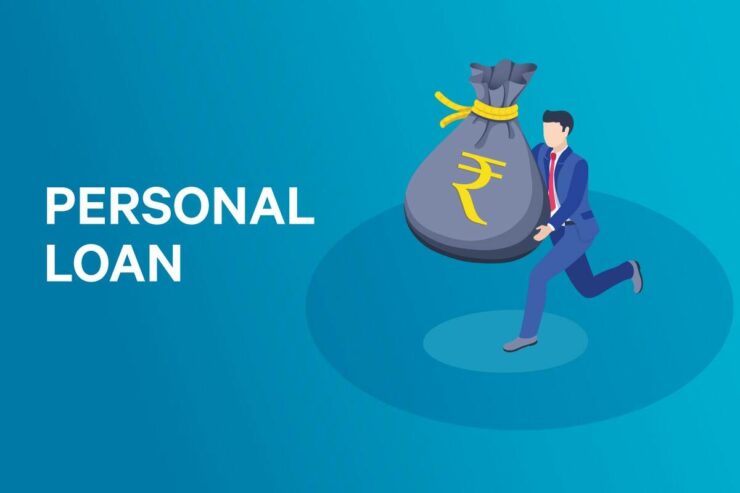A personal loan is s type of installment loan borrowed for medical bills, student bills, debt consolidation, or vacation. If approved, you’ll receive a considerable sum of money to help cover your expenses. Personal loans are unsecured, meaning they don’t need collateral to be granted. The lender won’t have a way to recover value if the loan defaults.
Whether you borrow from an online lender, bank, or credit union, it has the same repayment process. You repay the loan with interest in monthly installments over an agreed time. The internet paid is expressed as an annual percentage rate (APR). The average rate was 9.41% as of Q2 2019. The loan may have a higher interest rate because it is not secured with collateral.
Around 176 million Americans use a credit card, but only 19 million have a personal loan. Despite the lower numbers, these loans are valuable tools for people who need money to cover expenses. These steps will help you understand how to apply for a personal loan.
Decide How Much to Borrow
Determine the loan amount you need and don’t borrow more than that. Knowing your credit standing will give you a better idea of what will be approved. Remember, you don’t pay back the original loan, so there’s no need to pay interest on the money you don’t need. You can get more significant amounts, considering if you can pay back
or otherwise.
Undoubtedly, more money translates to more monthly payback and interest. Carefully check your financial needs before asking for a personal loan. Think about your next financial status and review how your credit and other factors will affect the cost of your loan.
Make sure you need and can afford the loan amount without straining your budget. A larger loan amount may be challenging to pay back if you have less than excellent credit, while lower loans will be easier to pay off.
Check your credit score
Most lenders run a credit score check to know how likely you are to pay back. Personal loans depend on your creditworthiness, and checking them will provide updated credit reports from agencies like Experian, TransUnion, and Equifax. Some online lenders go with alternative credit data that can check your credit score.
Some agencies offer free credit reports once per year. Many loan companies give a free monthly credit score report from these agencies. If your credit score is low, you may get the chance to receive the loan, but the fees and interest rate may be high.

Get Prequalified
Prequalifying for a loan means you’ve removed loans you are ineligible, and this gives you a sneak peek at the amount you may receive. Most lenders carry out a pre-approved or prequalified soft credit check. This exercise doesn’t guarantee you will receive the loan, and it won’t affect your credit score.
The process typically asks for:
- Loan amount
- Address, email, phone number.
- Citizenship status.
- Employer name and location.
Your loan can be denied for the following reasons; you have little or no work history, a low credit score, a high debt-to-income ratio, and many more. This process involves filling a sort form where you’ll provide your details. The lender will notify you immediately after the process is completed.
Apply for the loan
After doing your research and selecting the leader that matches your purpose, then you need to provide documentation to complete the application and apply for the loan. Ensure you stay in a quiet place to avoid any mistake that might affect your loan approval chances. If you want to apply with more than one lender, then bunch your applications within a 14-to-30-day period. Requirements for the loan application vary by lender, but you’ll need things like:
- Verification of address: Lease agreement or utility bills.
- Identification: Driver’s license, Social Security card, State ID, and a passport.
Applying with more than one lender is called “rate shopping,” and different inquiries will be made as one, having a more negligible effect on your credit score. However, the lender will do a hard credit check, which may decrease your credit score.
Your lender will send a pre-approval letter to inform you about additional documents needed for the complete application. Most online lenders provide an answer quickly, so you know how long the approval will take. After being approved, you’ll get your funds according to the terms agreed.
Conclusion
Now that you understand how to apply for a personal loan, it’s advisable to check other offers to choose the best lender with the lowest fees and interest rates. This will help you get the exact loan that meets your needs.












